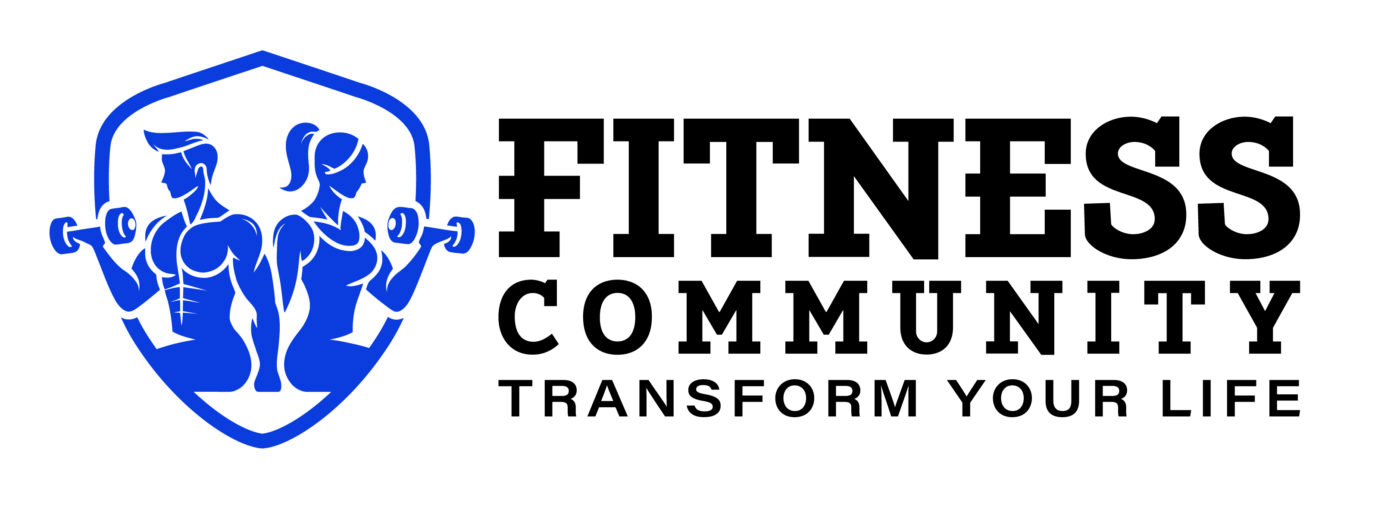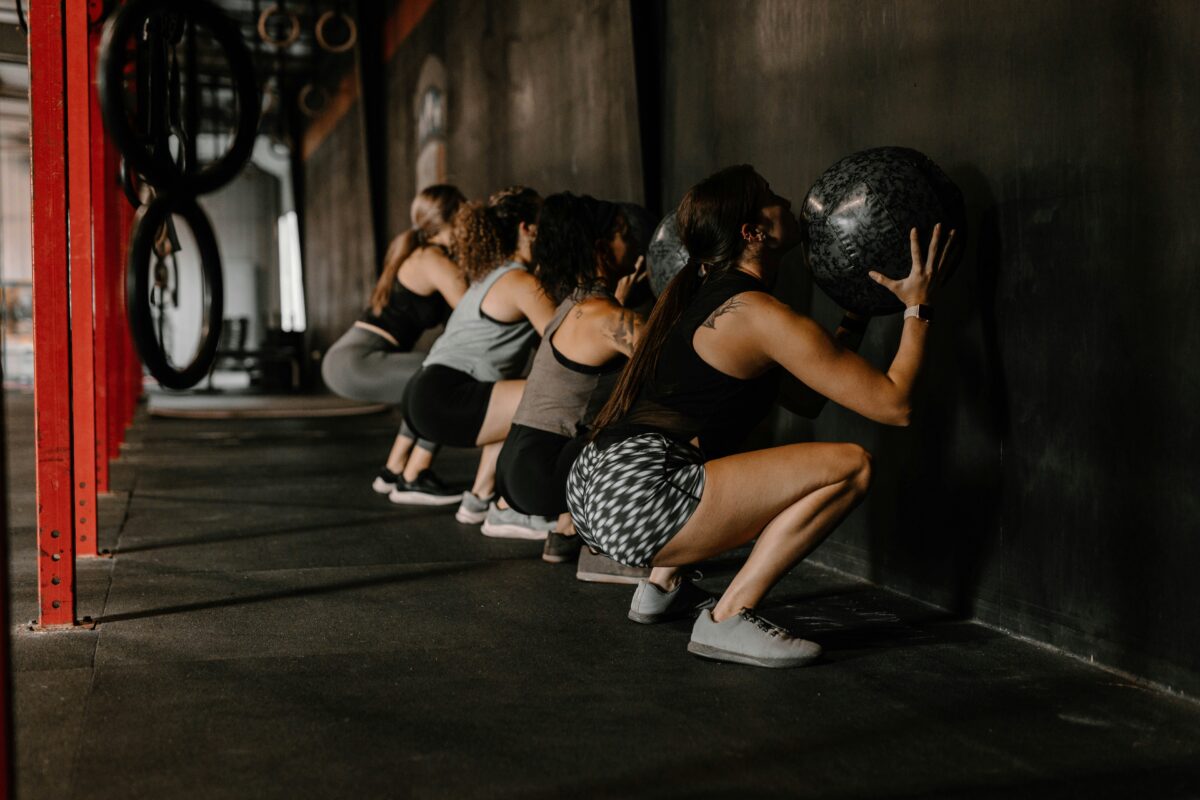STRENGTH TRAINING
Mastering Rest Time: How the Right Recovery Period Boosts Muscle Growth, Strength, and Fat Loss
The Impact of Rest Time Between Sets on Your Fitness Goals:
When it comes to working out, one factor that plays a pivotal role in your progress is the amount of time you rest between sets. The time you take to recover can significantly influence your ability to build muscle, enhance strength, and burn fat.
Joe Stankowski, C.P.T., a trainer based in Wilmington, DE, explains, “Timing is everything in exercise. The amount of rest you take between sets affects how your body responds to the workout. It determines whether you’re maximizing your muscle growth, burning calories effectively, or gaining strength efficiently.”
Finding the right balance in rest periods is key. Rest too long, and your workouts lose intensity, making it harder to stimulate growth. Rest too briefly, and you risk burnout, potentially leading to fatigue and decreased performance. Understanding how to structure your rest periods based on your fitness goal is crucial to optimizing your workout routine.
How Long to Rest for Muscle Gains
If muscle growth is your goal, the amount of rest between sets is crucial. Short to moderate rest periods—typically around 60 to 90 seconds—are most effective for stimulating muscle hypertrophy. Research published in the Journal of Strength and Conditioning Research supports this, showing that these shorter rest intervals increase levels of testosterone and growth hormone, which are vital for muscle development.
“60 to 90 seconds is a good rule of thumb,” says Stankowski. “However, the exact time may vary depending on factors like the number of sets you’re doing or how heavy the weight is. The goal is to maintain intensity without completely fatiguing your muscles.”
How Long to Rest for Fat Loss
When it comes to fat loss, there are two effective strategies that can be integrated into your training program: maximizing calorie burn through minimal rest and focusing on muscle retention while increasing calorie expenditure.
“The first approach is designed to maximize calorie burn. If you rest too little between sets, you’ll keep your heart rate elevated, burning more calories and increasing fat loss. Circuit training, where there’s minimal rest between exercises, works best for this,” Stankowski advises.
For maximum fat burning, aim for rest periods of 30 seconds or less between sets. This will maintain a higher heart rate, helping you burn more calories while keeping your muscles engaged.
However, Stankowski also suggests another strategy: alternating sets of exercises that target different muscle groups—such as squats and rows. This method allows you to get a full-body workout, build muscle, and still burn fat by keeping the rest periods between 30 and 90 seconds. The combination of moderate rest and high intensity ensures you get the best of both worlds.
How Long to Rest for Strength Gains
When building pure strength, your muscles and central nervous system need adequate recovery time between heavy lifts. Research published in Sports Medicine suggests that to maximize strength gains, you should rest between three to five minutes between sets.
“Training for strength requires longer rest periods,” says Stankowski. “When lifting heavy weights, both your muscles and your nervous system need time to recover fully. Shorter rest times can hinder your ability to lift heavy on subsequent sets and impede overall progress.”
By giving yourself ample rest, you allow your muscles and nervous system to recover and perform optimally in each set. This ensures you can continue to challenge your strength limits and make steady progress toward your strength goals.
Tailoring Your Rest Periods for Optimal Results
Ultimately, how long you rest between sets depends on your specific fitness goals. For muscle growth, 60 to 90 seconds is ideal; for fat loss, reduce rest to 30 seconds or less, and for strength training, allow yourself three to five minutes of rest.
Regardless of your goal, finding the optimal rest period will help you maximize your workout efficiency, improve your performance, and achieve the results you’re striving for. So, the next time you’re in the gym, pay attention to your rest times and adjust them to suit your goals. By doing so, you’ll be able to unlock the full potential of your workouts.

